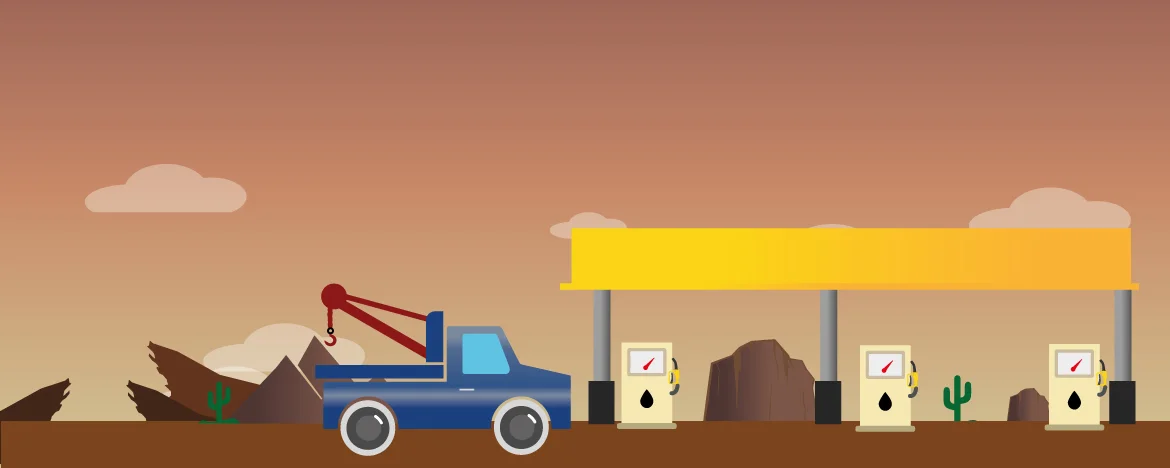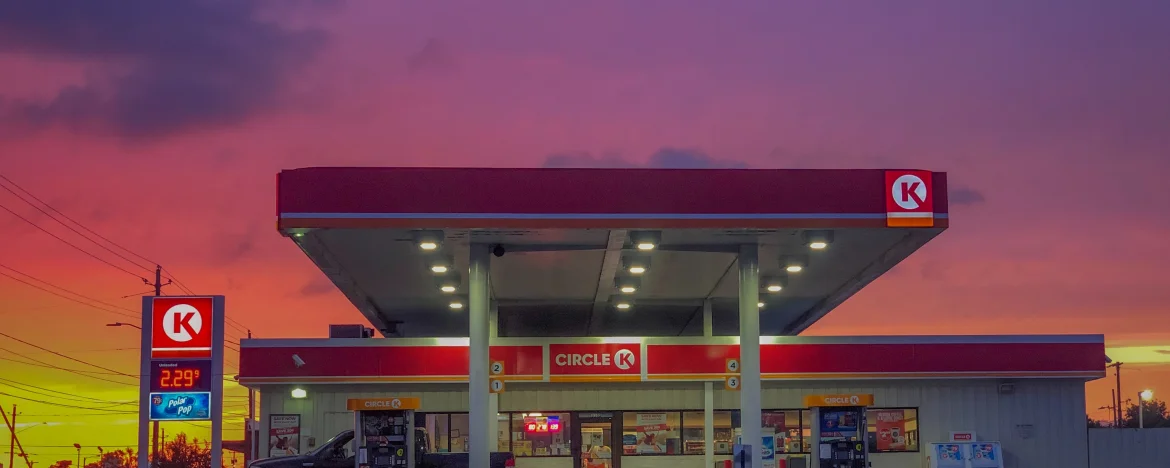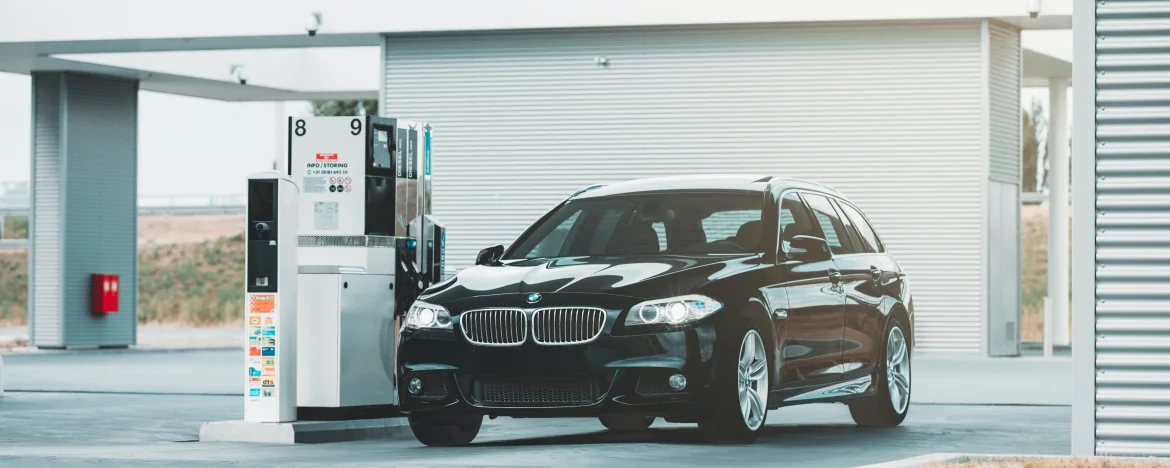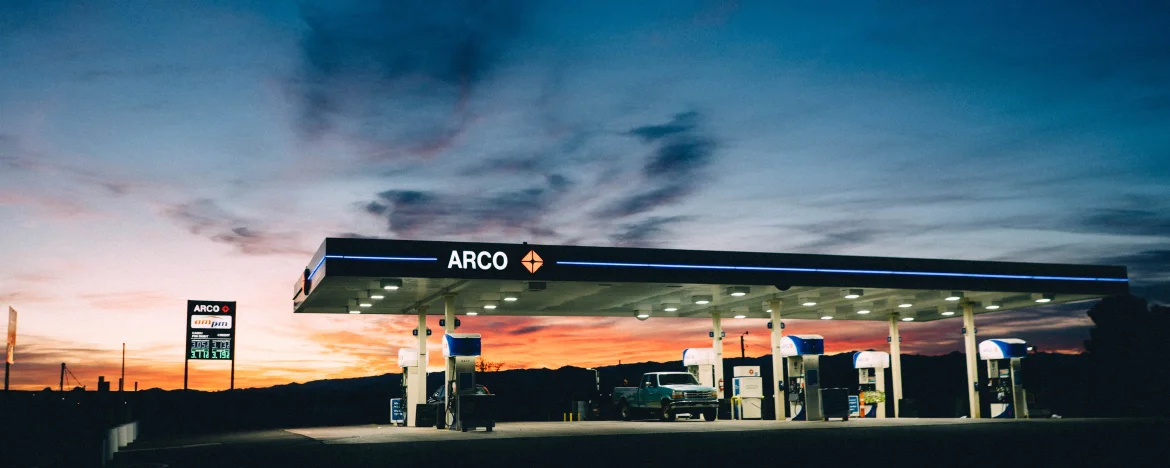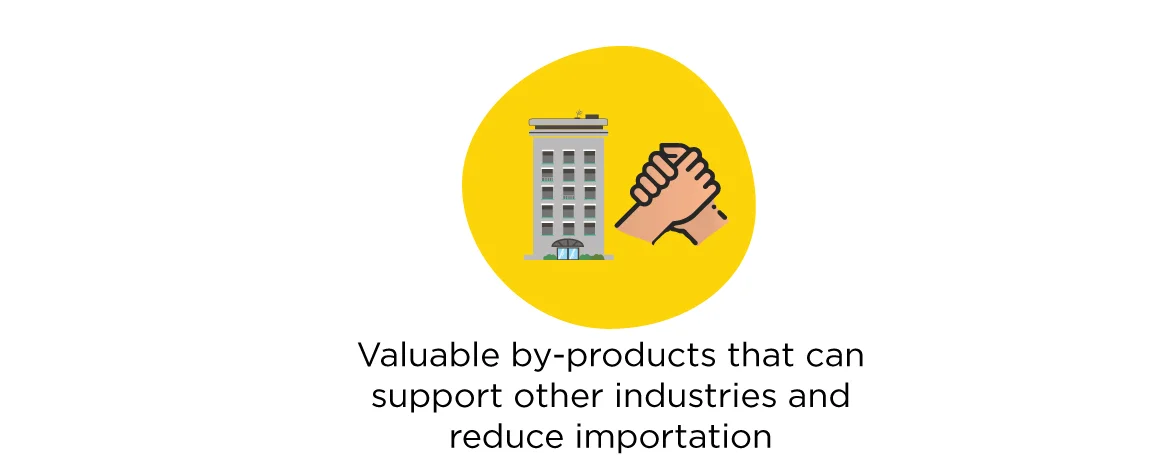How green is E10 fuel?
The true environmental savings of E10 have been widely debated.
The benefits of increased use of ethanol within E10 fuel are clear and uncontested:
- Lowering CO2 emissions
- Reduced use of fossil fuels
- Non-toxic and renewable
- Easy to source and produce
- Valuable by-products that can support other industries and reduce importation
Others claim the ethanol in E10 fuel is carbon neutral: the CO2 the plants absorb during growth offsets that produced when it is burnt.
However, more fuel (both the good 10% and the bad 90%) will be required to travel the same miles. If the 1% decline in efficiency holds true, the environmental impacts will be tangible. However, if efficiency declines prove greater, it remains to be seen whether this will increase the volumes of the bad 90% in use in the UK overall.
Should I use E10 fuel?
If your car is compatible with E10 fuel, it will become the most easily sourced and cost-effective option for you.
Simon Williams, RAC fuel spokesman, helpfully concludes: “The switch to E10 petrol is clearly good news for the environment and will not affect the vast majority of the UK’s 33m car drivers although some may see the number of miles they get from a tank go down as research suggests E10 is potentially slightly less efficient.
“It’s estimated that around 700,000 cars registered prior to 2002 shouldn’t use E10 as seals, plastics and metals may be damaged by its corrosive properties if used exclusively over longer periods.
"It’s vital that anyone with an older vehicle gets the message about the switch otherwise they could end up with a big repair bill.
"There’s also a danger that E5 premium grade petrol may be harder to find in some more rural locations.”
The arrival of E10 doesn't come without its pot holes. But for those not yet ready to take the leap into a fully electric lease car, it provides another small way for us to do our bit to reduce the CO2 emissions caused on our roads.

